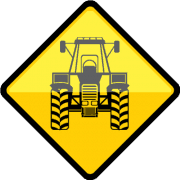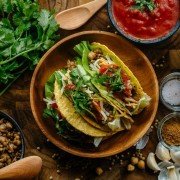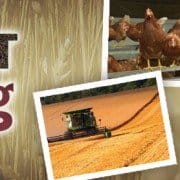Turning girls into farmers
Should you raise daughters differently to succeed at farming? This mother, daughter and granddaughter know their answer
By
No matter how progressive we think agriculture is becoming for ourselves, for our wives and for our daughters, there’s still a prevalent attitude that farming is “men’s work.”
Now a new ethos is gaining ground, and anyone who subscribes to the men’s-work way of thinking is being asked — well, ordered really — to get over themselves.
Farming excellence, we’re told, is no longer predicated on the farmer’s muscle strength. Instead, success takes multi-tasking, management, problem solving — areas where women excel at least as often as men.
With the demands ahead, our industry’s priority should be attracting the best and brightest of the next generation, regardless of gender. How can we do that? To find out, Country Guide sent me to talk to the experts: three generations of women from one farm family, all of whom identify solidly as “farmer.” Here is what I learned. — M.B.
Bev Shewchuk can pinpoint the exact moment she realized she’d had enough of not being taken seriously as a farmer. She and husband, Brad, had gone into the local bank to talk financing. Even though she carried the majority of the farm management including all of the day-to-day operating of the farm while he worked away, she waited until he was home from the oil field to make the trip into town since they always did the major farm decision-making together.
When the financing officer handed the couple their completed paperwork, Brad’s occupation was described as “farmer.”
Shewchuk, despite the fact that the couple had clearly described the partnership of their operation, was listed as “housewife.”
“Even though I was 100 per cent engrossed in the farm,” she says, “and even though I made all the decisions with the cattle and sheep, and even though I did every bit of the work when Brad was away, I was still a farmer’s wife even in my own mind until that moment.
“That was my turning point, the moment when I really changed my attitude about my own role on the farm.” Read more







